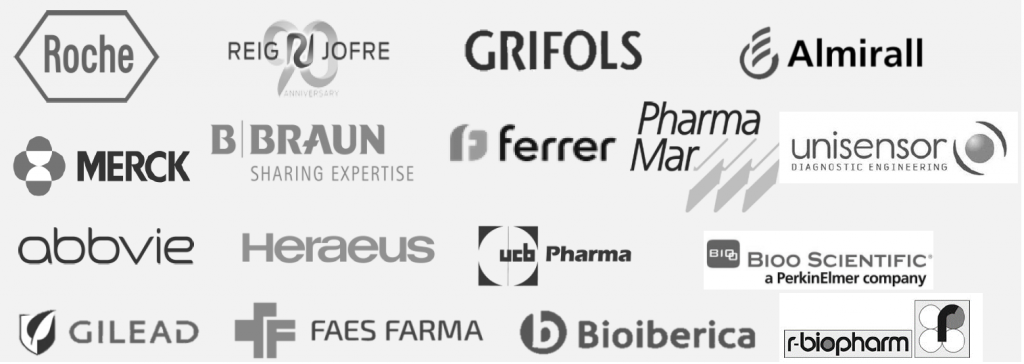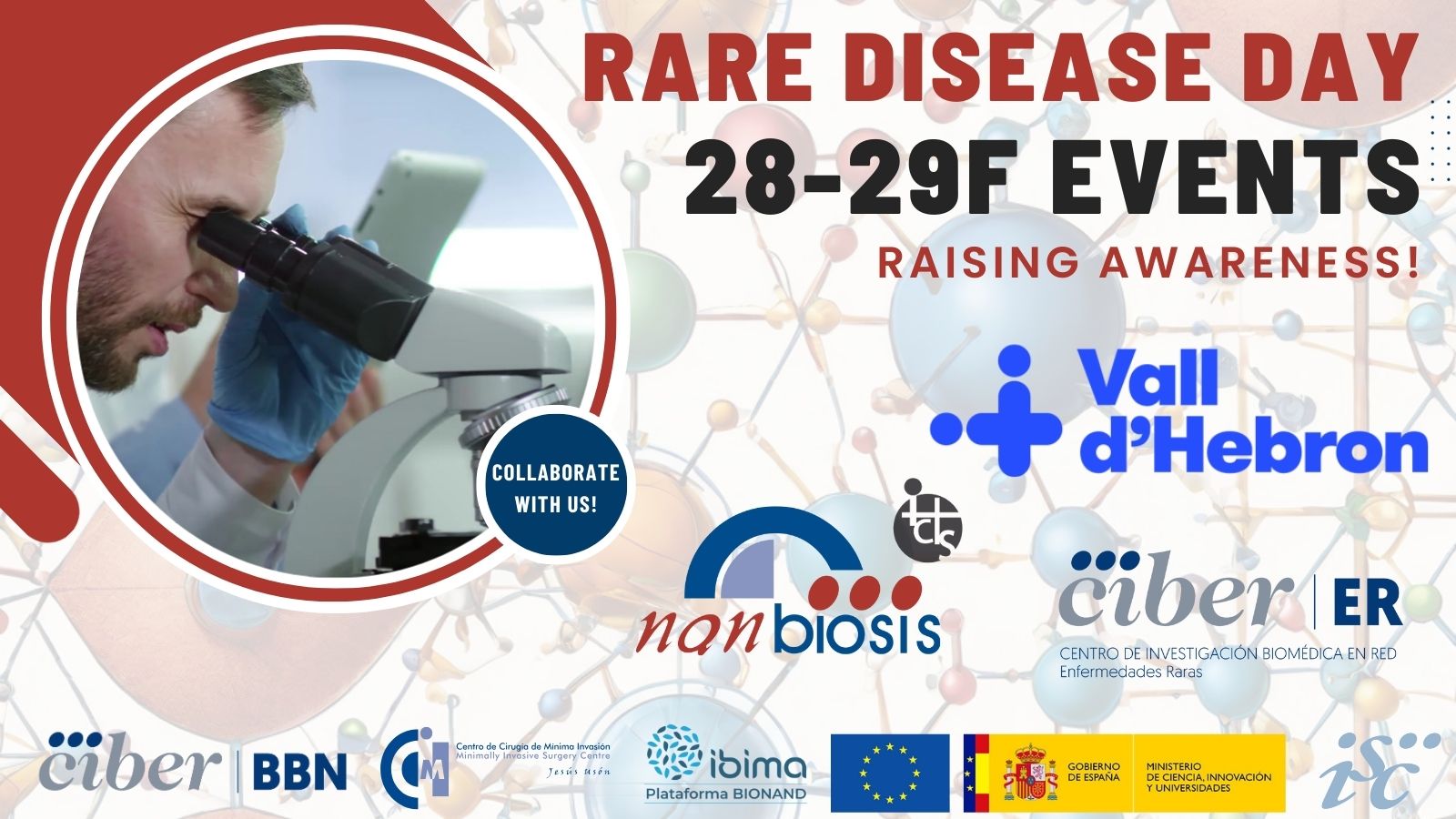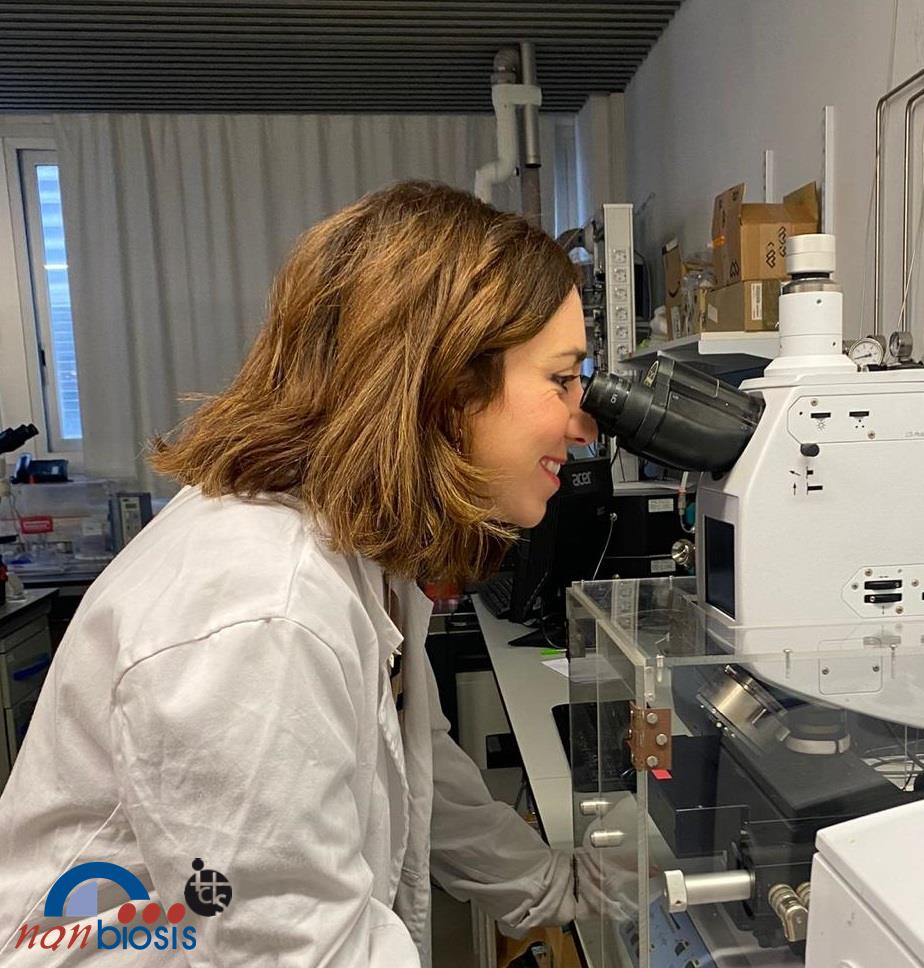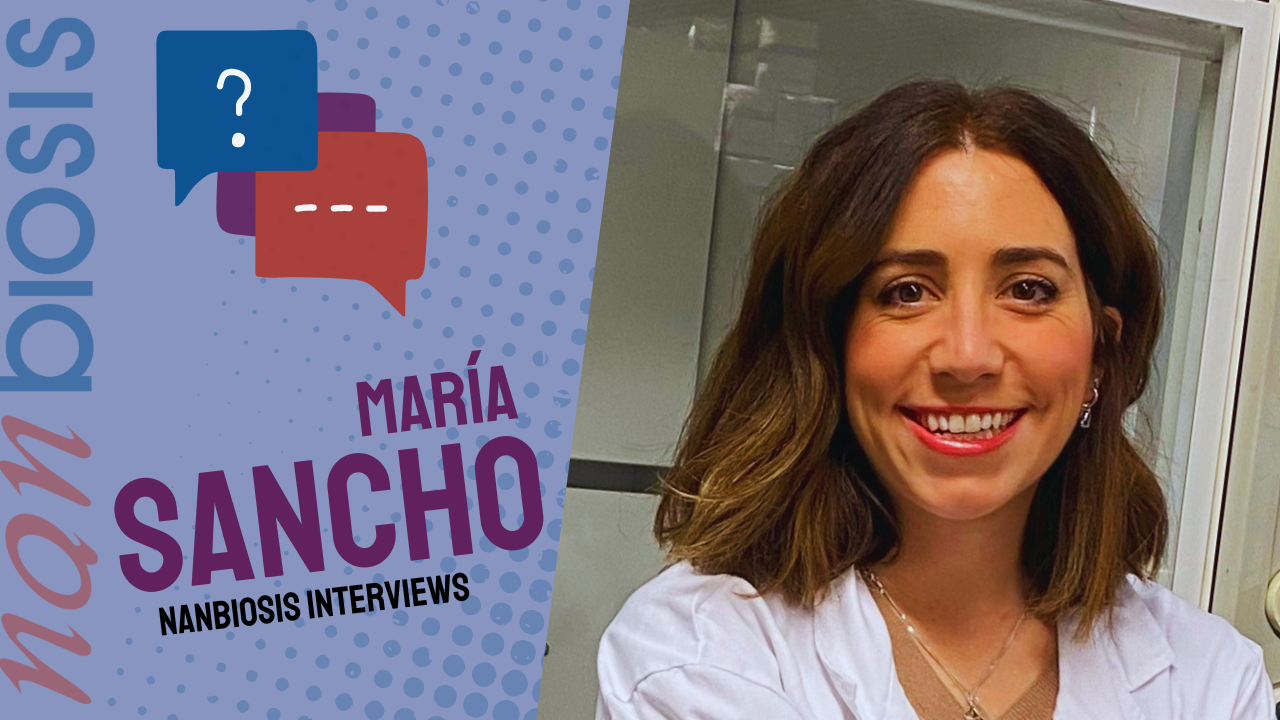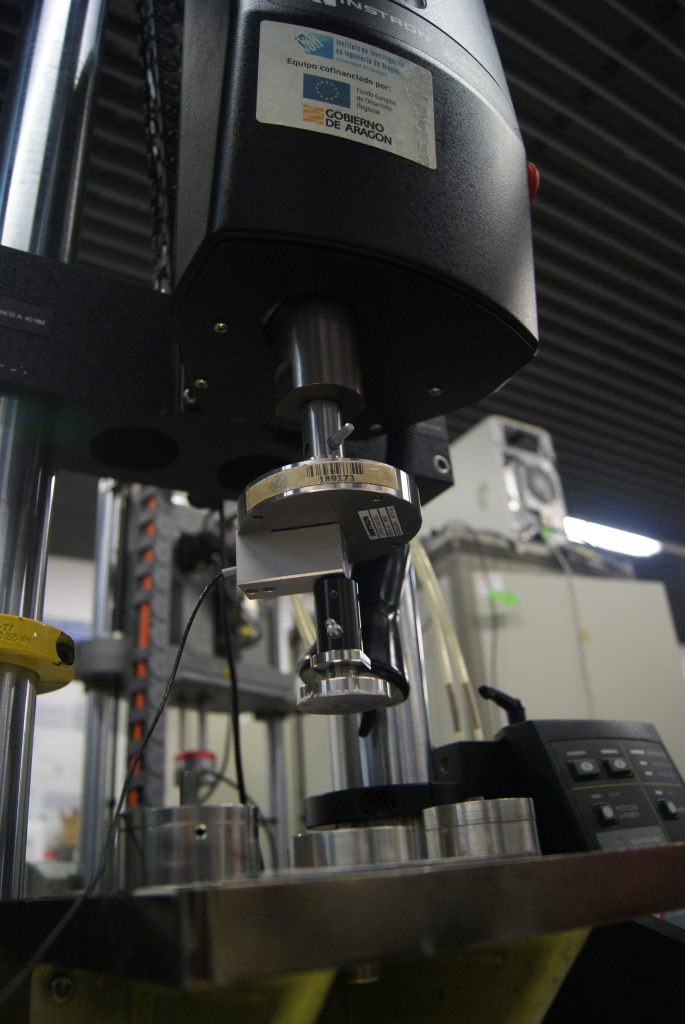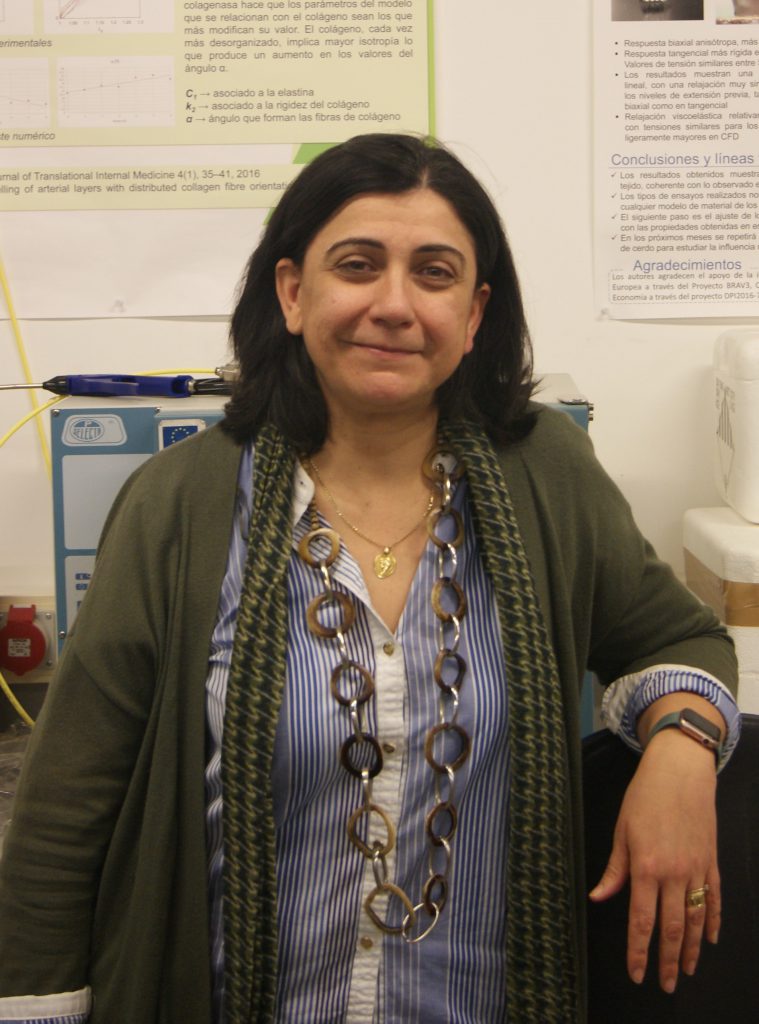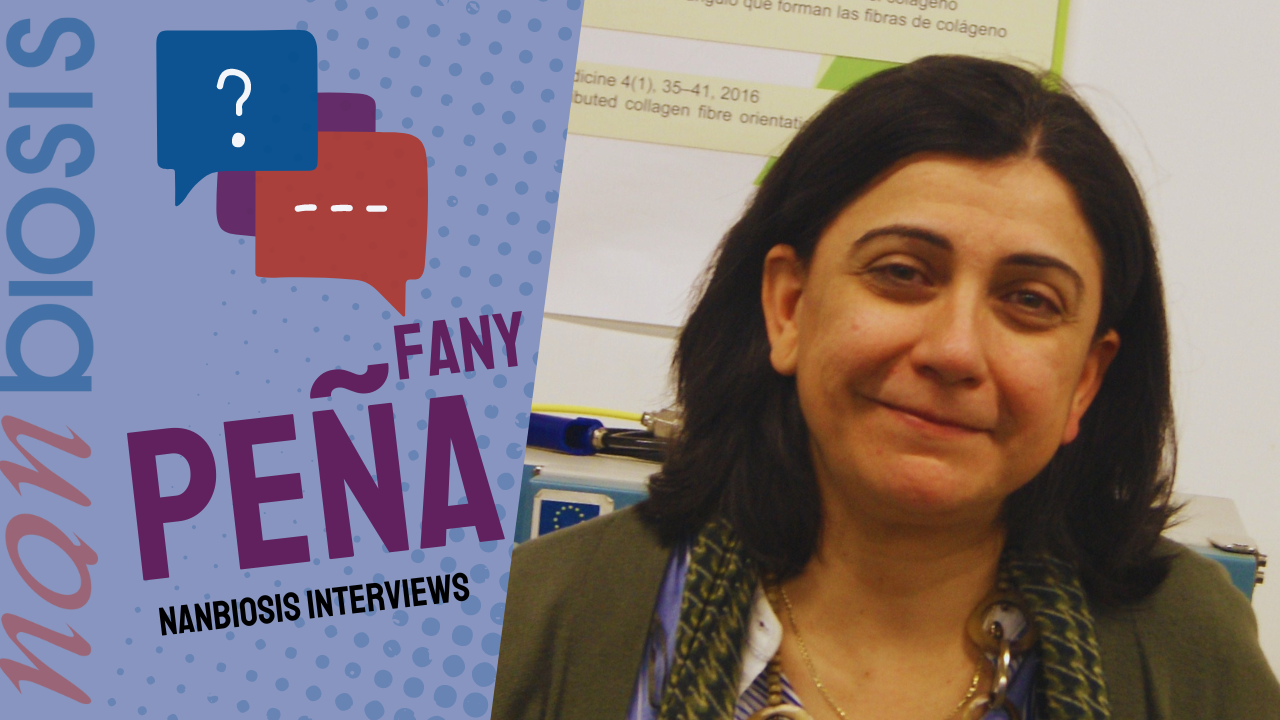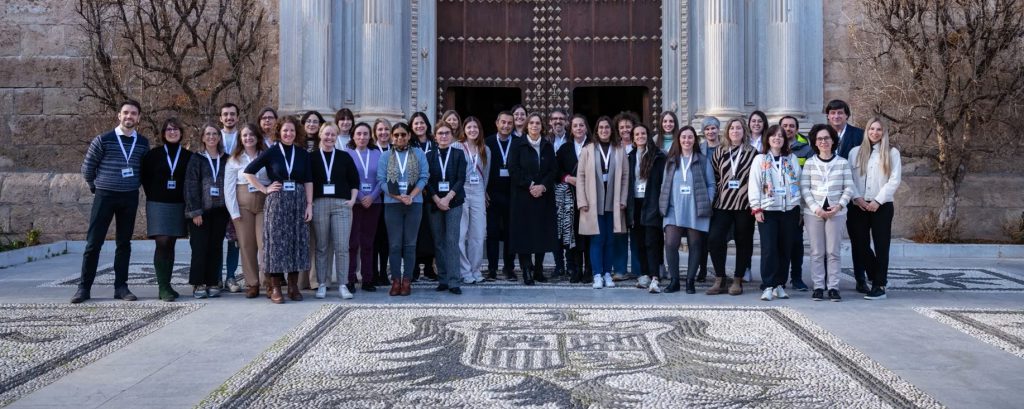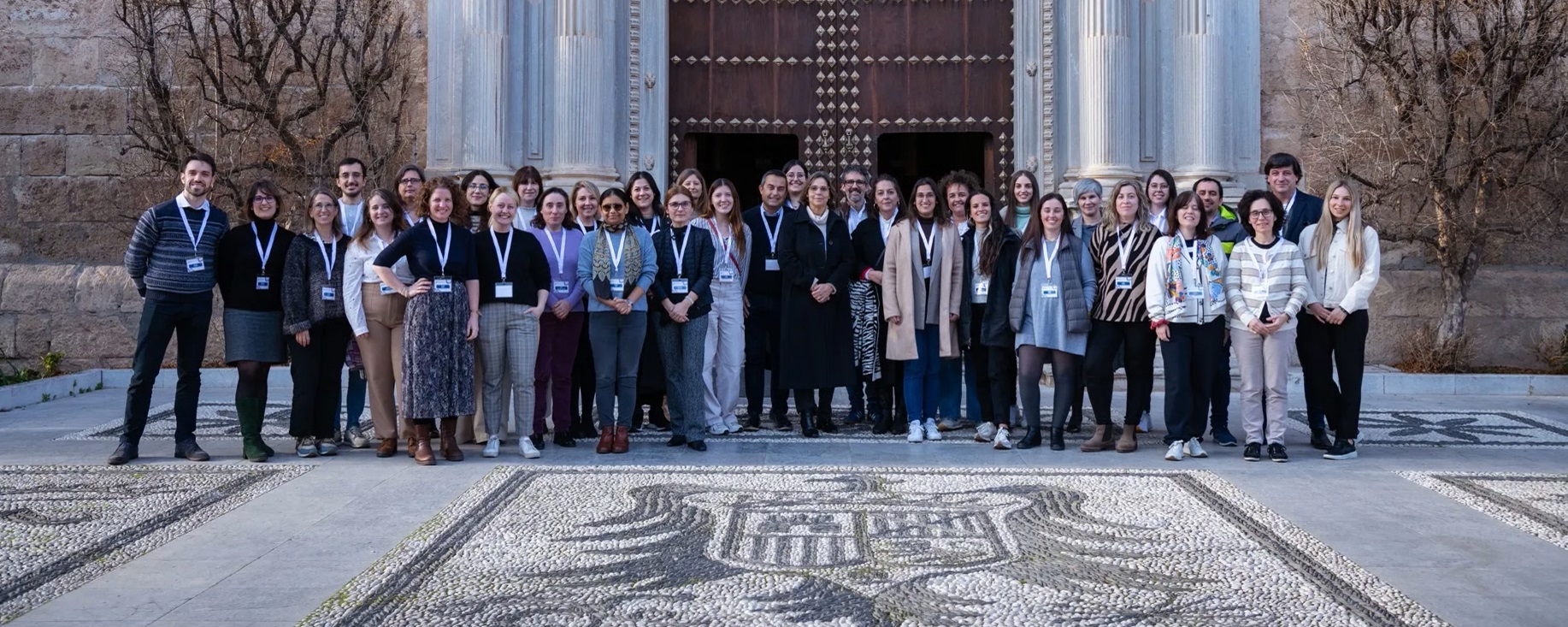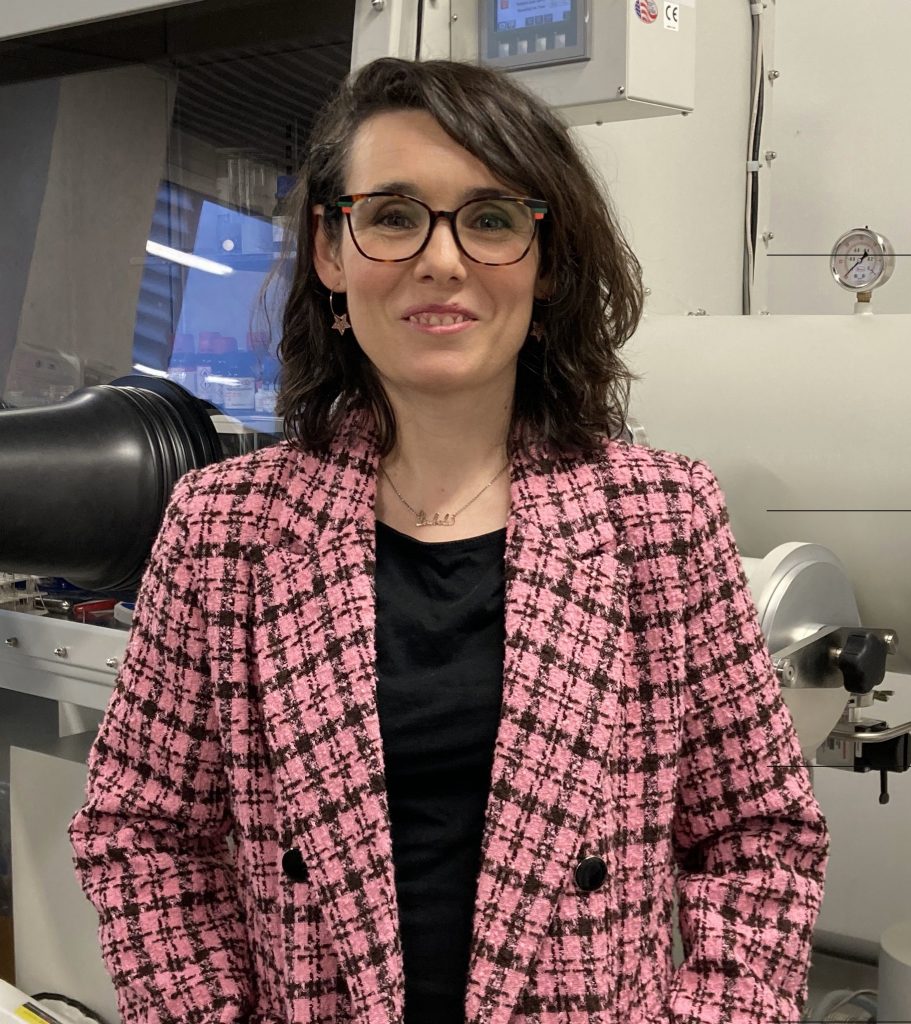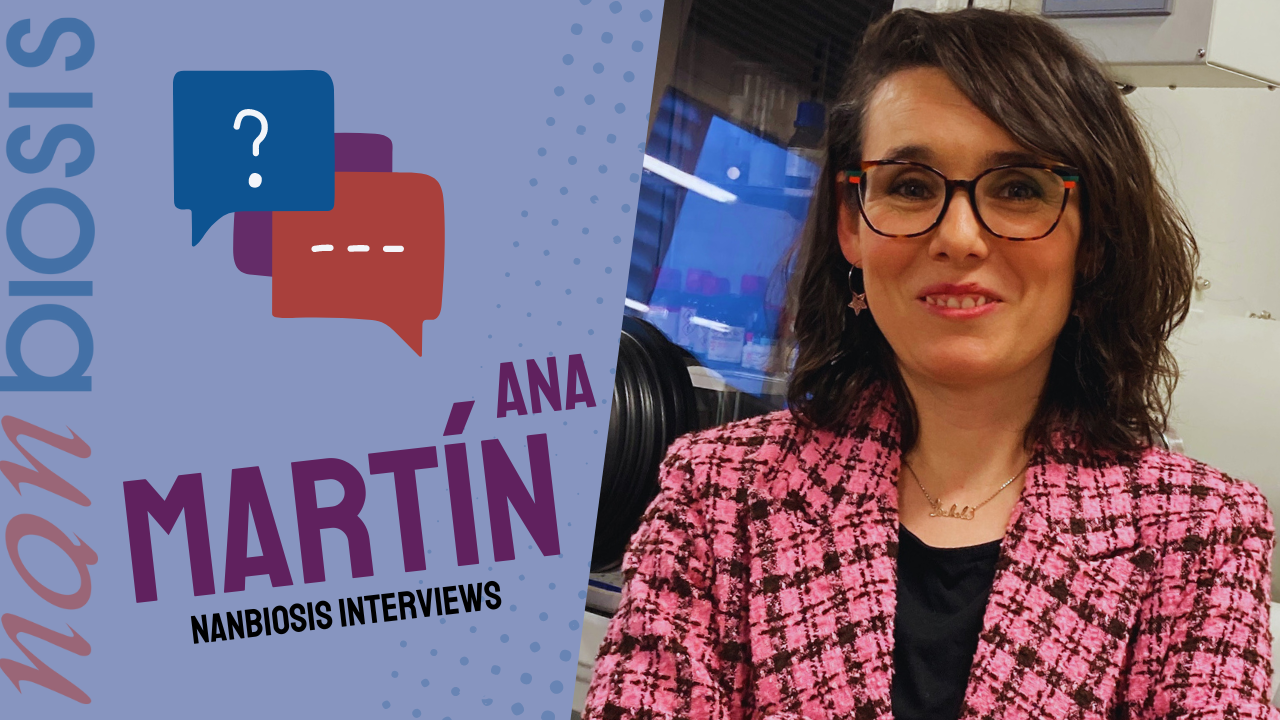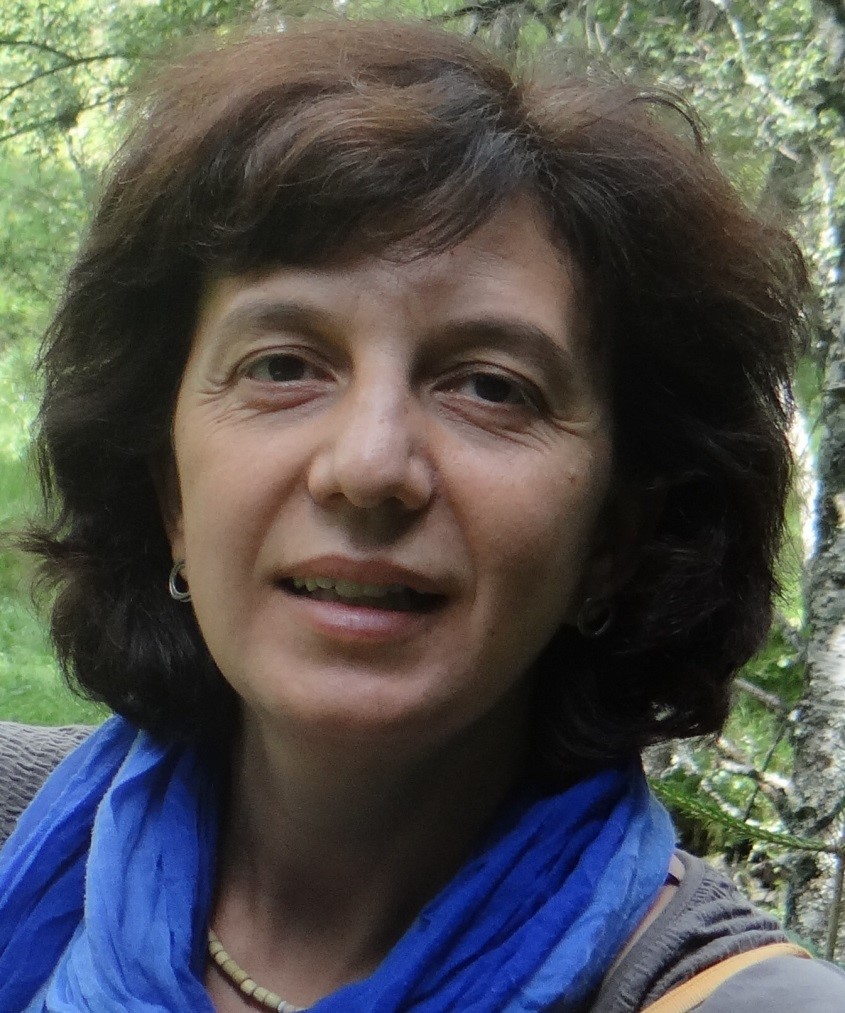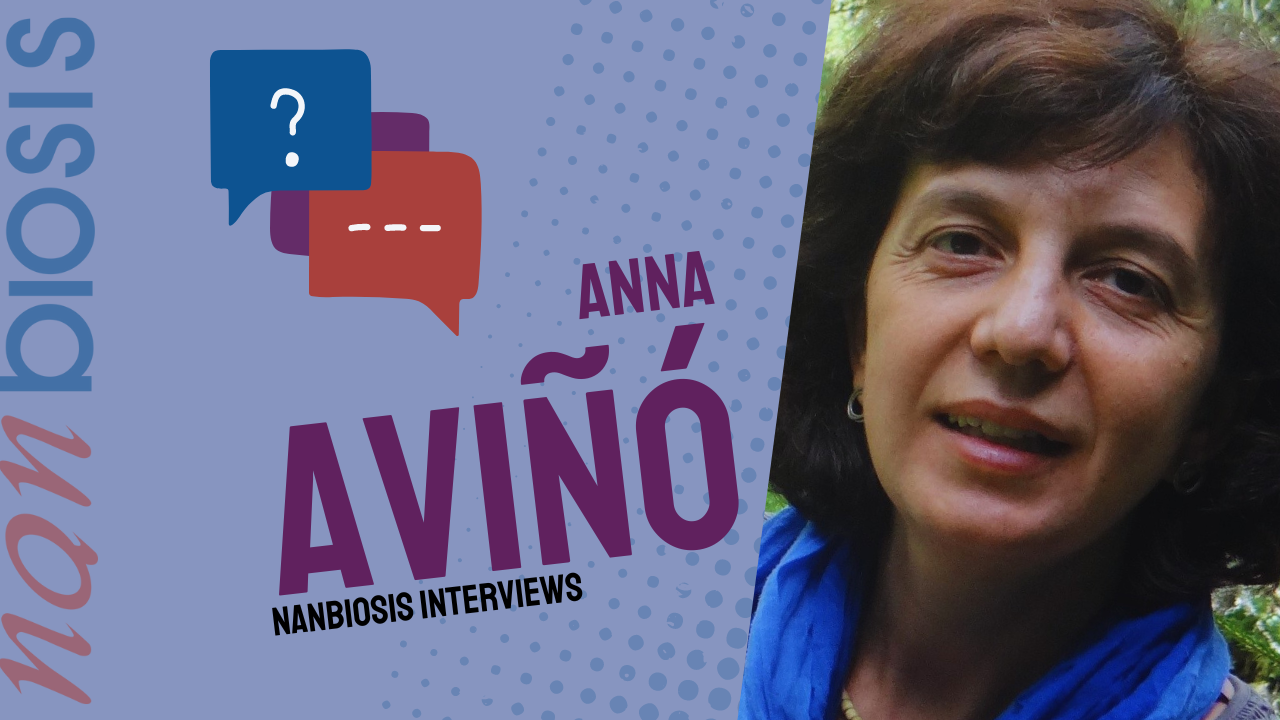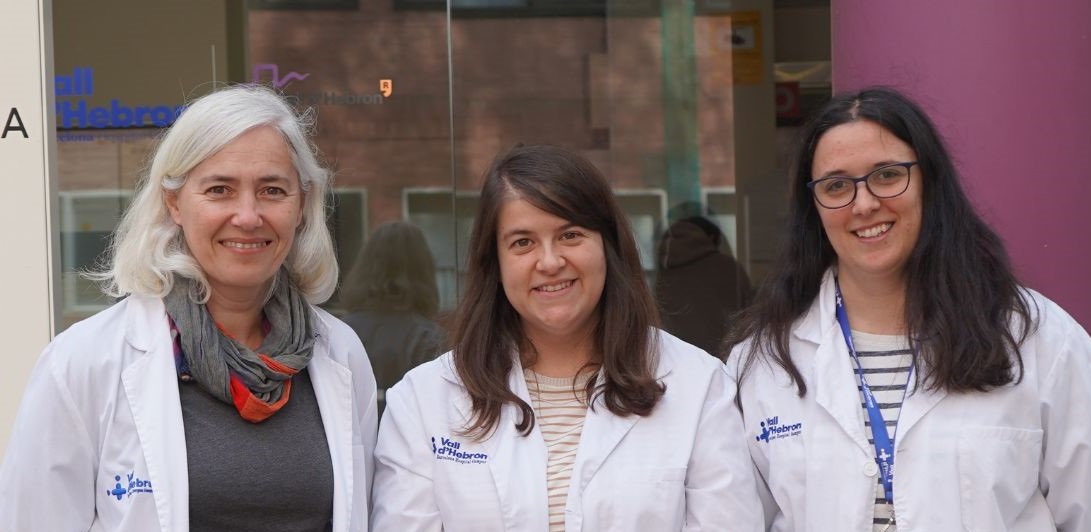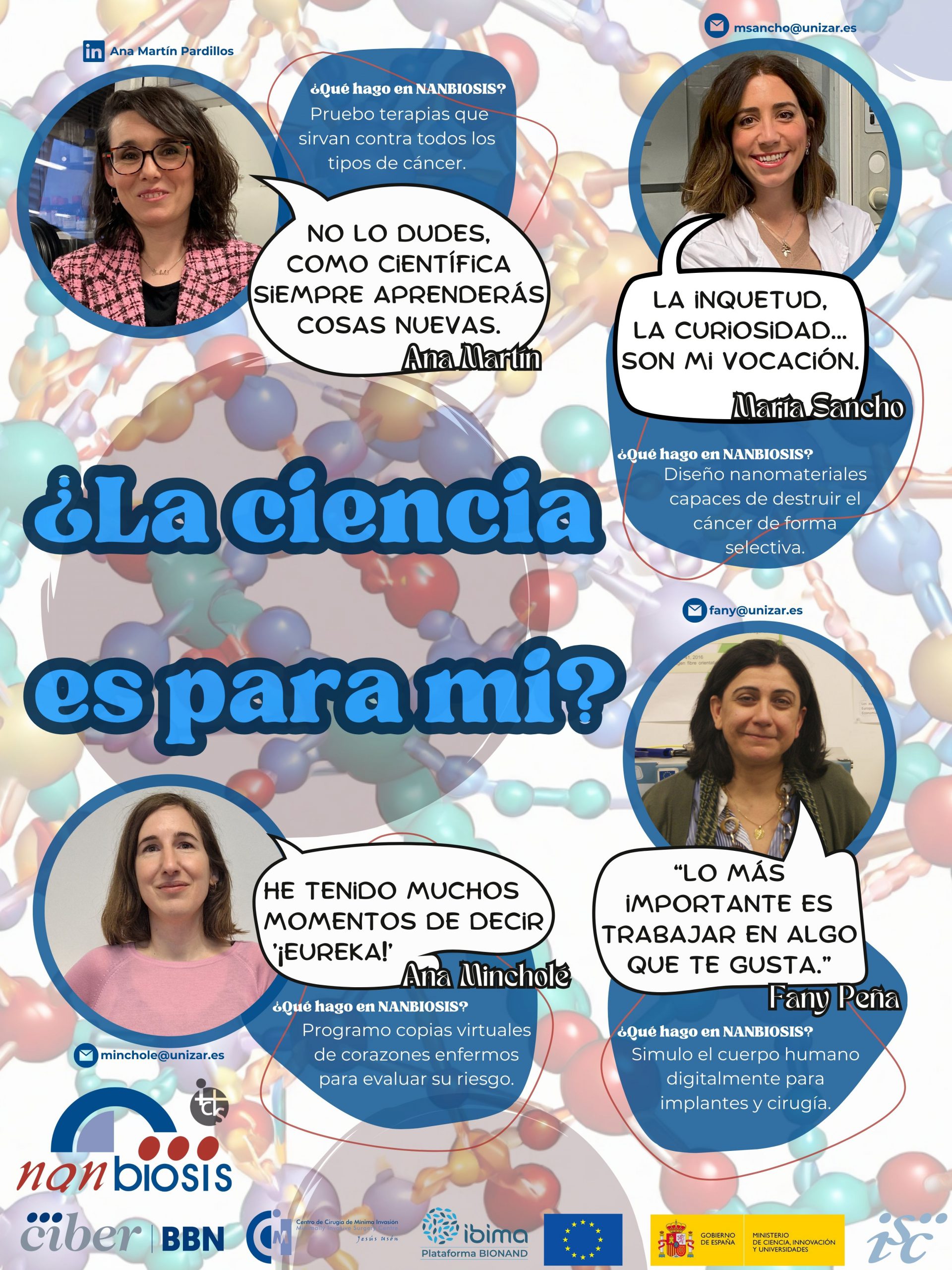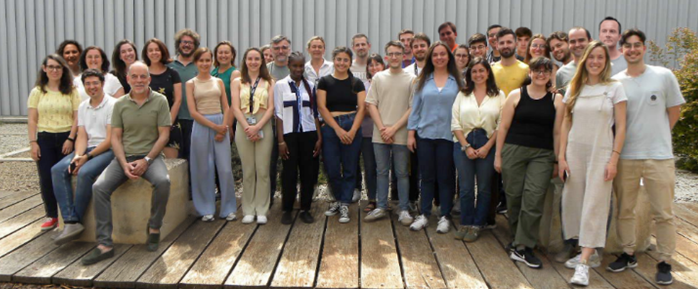New upcoming events: The active role of NANBIOSIS in awareness of rare diseases
For Rare Disease Day, we raise awareness through 2 events: 1 in Barcelona (Feb 28) & another in Madrid (Feb 29). Collaboration & research in focus.
28-29 February 2024, Rare Disease Day 2024
NANBIOSIS is actively involved in promoting awareness and understanding of rare diseases, Due to their lower incidence, these conditions are often face neglect in medical research and industrial treatment. To spotlight this crucial issue, NANBIOSIS is pleased to announce its participation in two significant events coinciding with Rare Disease Day celebrations. These events will address various aspects of rare and minority diseases research and treatment.
Event 1: February 28th at Vall d’Hebron, Barcelona
On February 28th, NANBIOSIS will contribute to the Rare Diseases Symposium at Vall d’Hebron Hospital in Barcelona. This event, available for both in-person attendance and online viewing, will commence at 10:00 and feature a series of informative talks until 12:25.
Held at the Auditorium (10th floor) of Vall d’Hebron General Hospital (Pg. de la Vall d’Hebron, 119, Horta-Guinardó, 08035 Barcelona, Spain), the symposium will explore rare diseases across different life stages, with a focus on the role of new technologies in diagnosis and the importance of informed consent.
Members from the group of Clinical Biochemistry, Drug Delivery & Therapy (CB-DDT), in which NANBIOSIS Unit 20 is integrated, are proud to be a part of this event.
To read the full programme of the event, click here. To find more information about the event and to follow it online, follow this link.
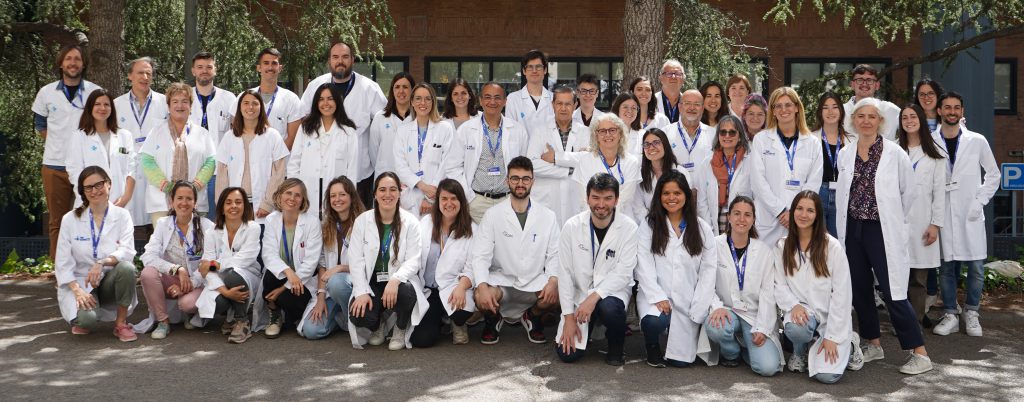
Event 2: February 29th at CaixaForum, Madrid
The XIII edition of the CIBERER Day “Research is Progressing” will take place on February 29th from 15:30 to 19:30 at the Auditorium of CaixaForum Madrid (Paseo del Prado 36).
Led by Pablo Lapunzina, Scientific Director of CIBERER, this event will showcase the latest advancements from the center. CIBERER, a part of CIBER, which houses CIBER-BBN, one of the three institutions comprising NANBIOSIS. The event will also feature presentations on collaborative initiatives between CIBERER researchers and patient associations, followed by a panel discussion on the role of biobanks in rare disease research.
For more information about his event, including attendance, click here.
These events reflect NANBIOSIS’s ongoing commitment to advancing research and treatment options for rare diseases, highlighting the importance of collaboration in addressing these often overlooked conditions.
To stay up to date, visit our news section here.
Additional information:
The goal of NANBIOSIS is to provide comprehensive and integrated advanced solutions for companies and research institutions in biomedical applications. All of this is done through a single-entry point, involving the design and production of biomaterials, nanomaterials, and their nanoconjugates. This includes their characterization from physical-chemical, functional, toxicological, and biological perspectives (preclinical validation).
In order to access our biomedical Solutions, apply here.
NANBIOSIS has worked with pharmaceutical companies of all sizes in the areas of drug delivery, biomaterials and regenerative medicine. Here are a few of them:
